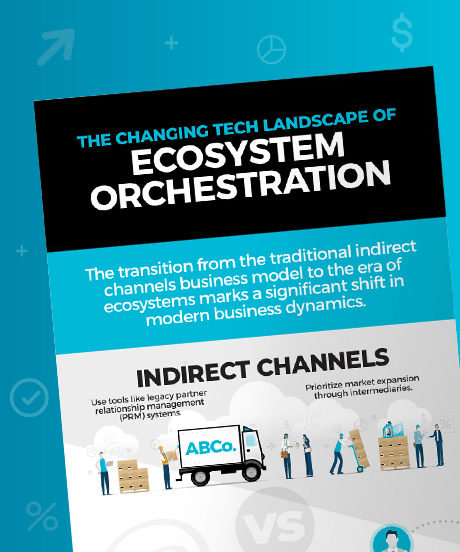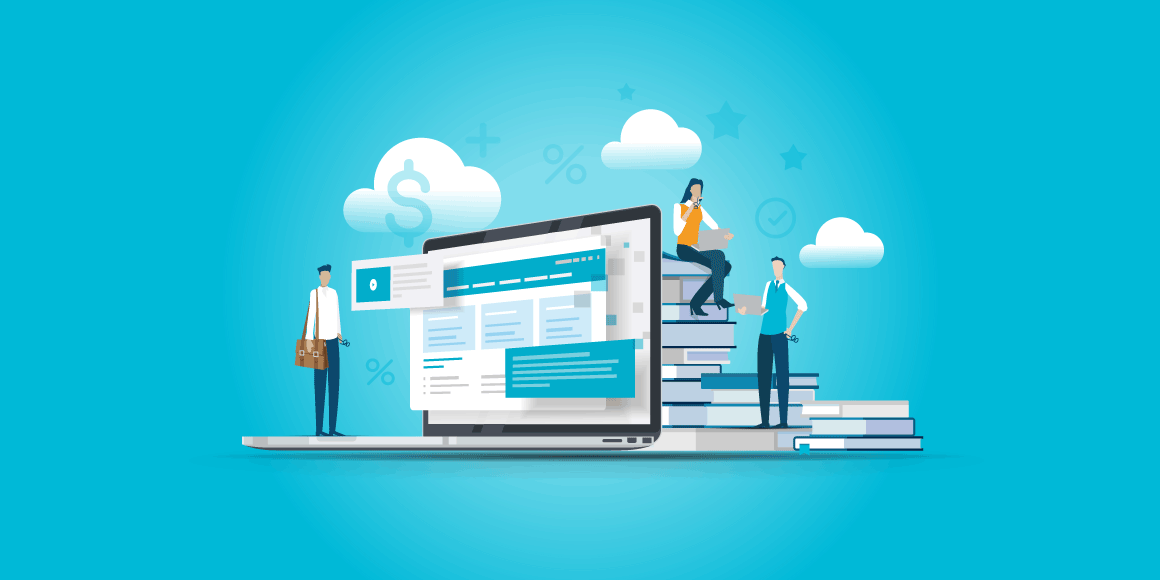Distribution Channels refer to the systems, processes, or pathways through which goods and services move from producers to end users or consumers. These channels can be direct, like selling products through an online store, or indirect, involving intermediaries like wholesalers, retailers, or distributors.
This involves:
- Selecting appropriate intermediaries or partners
- Managing logistics, such as transportation and inventory
- Ensuring timely delivery to meet customer expectations
- Coordinating marketing and promotional efforts within the channel
In practice, businesses use distribution channels to increase the availability of their products and services to customers, tailor the buying experience to meet specific market needs, and optimize efficiency in delivery. For example, a company might use a mix of e-commerce platforms and physical stores to cater to both online and offline customers.
Distribution channels are crucial as they help businesses expand market reach, improve customer satisfaction by ensuring products are accessible, and create opportunities for growth by streamlining supply chain operations. Without effective distribution channels, businesses may struggle to connect with their target audience or scale their operations effectively.
Centralize Ecosystems to Adapt to Market Trends

Infographic
The Changing Tech Landscape of Ecosystem Orchestration
The transition from the traditional indirect channels business model to the era of ecosystems marks a significant shift in modern business dynamics.
The new world of Ecosystem Orchestration fosters innovative, seamless collaboration and flexibility.
See the contrasts of Ecosystem Orchestration with the constrictions of traditional PRM and the impact of this implementation on your business.
